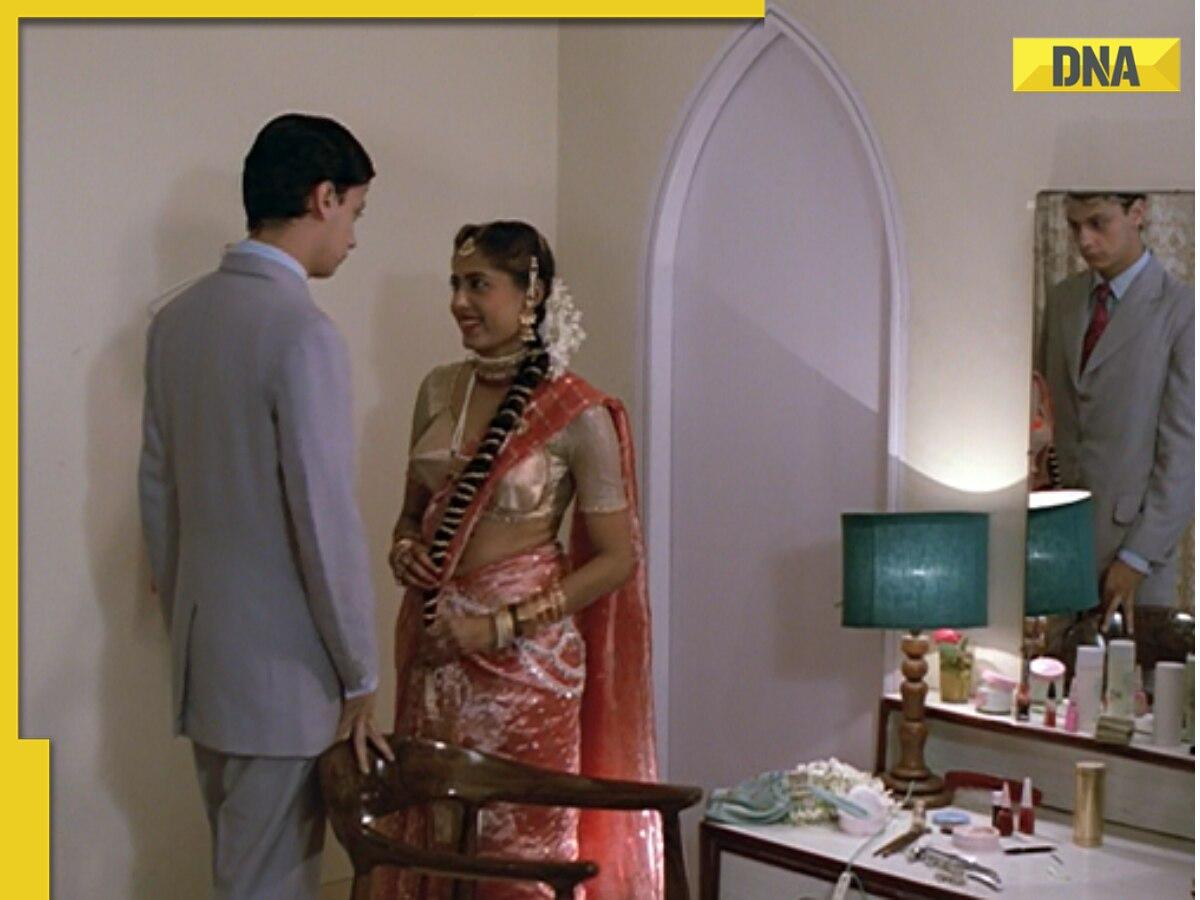
The Indian film industry, known globally for the vibrant spectacle of Bollywood, has a storied tradition of multi-starrer films. This particular genre—a narrative driven by an ensemble cast of big names—has been a part of Bollywood long before it found precedence in the modern cinematic world. Notably, the trend saw significant momentum in the 1970s and 1980s through the films of Manmohan Desai and was later upheld by contemporary filmmakers like Karan Johar and Rajkumar Kohli.
However, the title for the Bollywood film with the most formidable ensemble cast doesn’t go to any of these eminent figures but rather to one of India’s most revered directors, Shyam Benegal. In 1983, Benegal embarked upon adapting Ghulam Abbas’ Urdu short story, “Aanandi,” into a motion picture masterpiece known as “Mandi”—a nuanced portrayal of a brothel amidst the chronicles of independence and partition in India.
The film “Mandi” may not ring as many bells as the blockbuster “Sholay” or the family saga “Kabhi Khushi Kabhie Gham,” but it’s etched in cinema history for being a treasure trove of acting prowess. It boasts of having the highest number of Filmfare Award winners ever assembled in a single film—with twelve of its cast members being recipients of the prestigious accolade. The revered dozen included Smita Patil, Shabana Azmi, Neena Gupta, Naseeruddin Shah, Om Puri, Saeed Jaffrey, Annu Kapoor, Satish Kaushik, Pankaj Kapur, Amrish Puri, Ila Arun, and KK Raina. Furthermore, other equally talented artists like Kulbhushan Kharbanda, Anita Kanwar, Ratna Pathak Shah, and Soni Razdan, who starred in the film, had received Filmfare nominations in their respective careers.
Despite this staggering congregation of talent, “Mandi” did not secure significant awards for acting at the subsequent National Film Awards or the Filmfare Awards—its only win coming in the form of a National Film Award for Best Art Direction, awarded to Nitish Roy. However, the individual members of its cast have since been lauded with numerous accolades for their performances in other projects.
Beyond the realm of awards, “Mandi” has made its mark as a seminal work reflecting the social and political milieu related to prostitution in India. The film, known for its satirical tone, compounded with theatrical and authentic storytelling, breaks away from the typical masala-flick fabric that defined much of ’80s Bollywood. It was received well at international forums too, featuring in prestigious festivals such as the Los Angeles Exposition (FILMEX), the Hong Kong International Film Festival 1984, and the London Film Festival 1983.
“Mandi” is often remembered as a pillar of the Parallel Cinema movement—a wave that emerged as a response and critique to mainstream Bollywood, focusing on more realistic and socially pertinent issues, which was brewing through the ’80s.
The film stands out not only for its narrative but also for its enduring influence on Indian cinema, acting as a beacon for artistic and socially-conscious filmmaking. Shyam Benegal, with his diligent direction, elevated the story from a mere adaptation to a timeless socio-political commentary.
The enduring legacy of “Mandi” lies not merely in its collection of star performers but in its poignant commentary on societal constructs and the persistent relevance of its themes. This resonant piece of cinematic history underscores the potential of Indian cinema to transcend beyond entertainment, offering a mirror to society’s complexities and injustices.
For enthusiasts looking to delve deeper into this aspect of Indian cinema and gain insight into the more profound undercurrents that run through the Bollywood stratosphere, the DNA app offers a gateway into such explorations. The app is now available for download on the Google Play Store, inviting users to engage with and perhaps reflect on the multifaceted nature of films like “Mandi”—a true confluence of artistry and narrative gravity.












